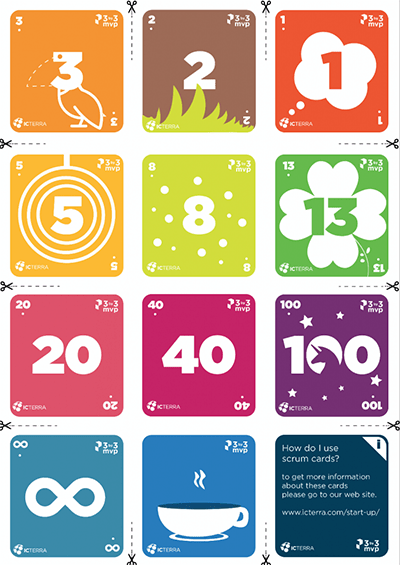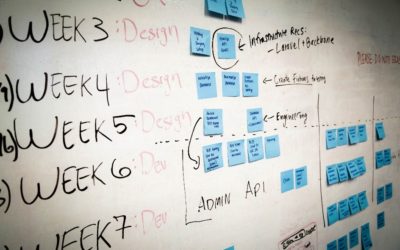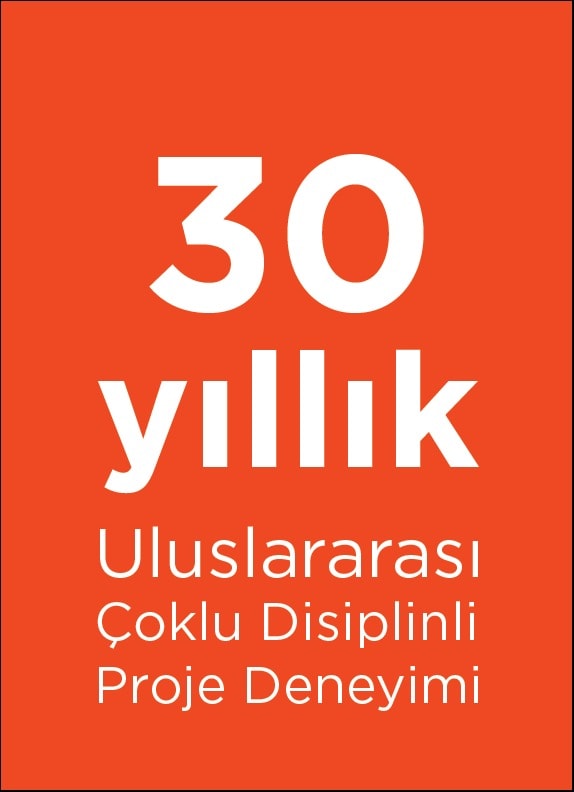Author: Gizem ÖZTÜRK, Group Manager – Embedded Systems

Planning Poker is the fun way of both increasing collaboration and making more reliable estimates at the same time. As each member has his/her own aspects and contributes accordingly, everybody in the scrum team is welcome to this session: analysts, coders, testers, UX designers. All these people come together and shape the team so more reliable results can be obtained from sessions by the help of different estimators.
How to Play?
Each participant needs a deck of Planning Poker Cards. According to the method that is used in the plannings, each card has a separate value on it. For example if story points are used, each card would have a story point on it such as: 0,1/2, 3,5,8,13,20,40,100,? and ∞.
A moderator chairs the meeting. For each user story, moderator reads the content. Team discusses the story and product owner explains expectation and clarifies uncertain parts.
After discussion, each member privately selects a card which reflects the agile estimation for that member. This is done confidentially and cards are not shown to others. When everybody is ready, cards are opened and each member says his/her estimations loudly.
Estimations might differ according to view point or experience of members (actually this is exactly how it helps as team can understand different ideas and come to an agreement). The estimators who give highest and lowest estimations state their reasons. A second round is held so members re-estimate the story in the light of discussions. This will continue until the estimations are converged and team reaches consensus.
Benefits
As the stories are discussed, it helps team members to form a common understanding for the upcoming stories which eliminates unexpected outcomes within sprint.
Planning Poker Cards is a gamified version for gathering estimations. As this meeting is relatively less structured but more comfortable, there is a chance to hear everybody even the quiet members.
This process helps to increase motivation and collaboration within the team. Members feel their contribution from the beginning of plannings and they do this as a team.
Tips
Before each session make sure there are enough number of decks according to the number of participants.
Try to keep it simple. Use timeboxed sessions. Have a list of stories before the meeting. Keep separate and concreate time for each story within a session.
Members need time to make estimations but there should not be overthinking. A timer might help to keep progress.
If you have a large team, participants can join alternately or you can arrange parallel sessions sharing the stories.
Inform team before the meeting. Give information about stories so participants may have a chance to look at items prior to the meeting and they’ll know what will come next.
Stories should have adequate explanations therefore, planners would have a chance to examine them.
Taking notes during meeting might help to elaborate stories. This may support development and test activities.
Considering these aspects, it is worth trying Planning Poker Cards for the upcoming plannings.
References:
[1] Planning Poker, https://www.agilealliance.org/glossary/poker/
[2] The secrets behind story points and agile estimation, https://www.atlassian.com/agile/estimation
[3] Planning Poker Cards: Effective Agile Planning and Estimation, https://www.mountaingoatsoftware.com/tools/planning-poker



